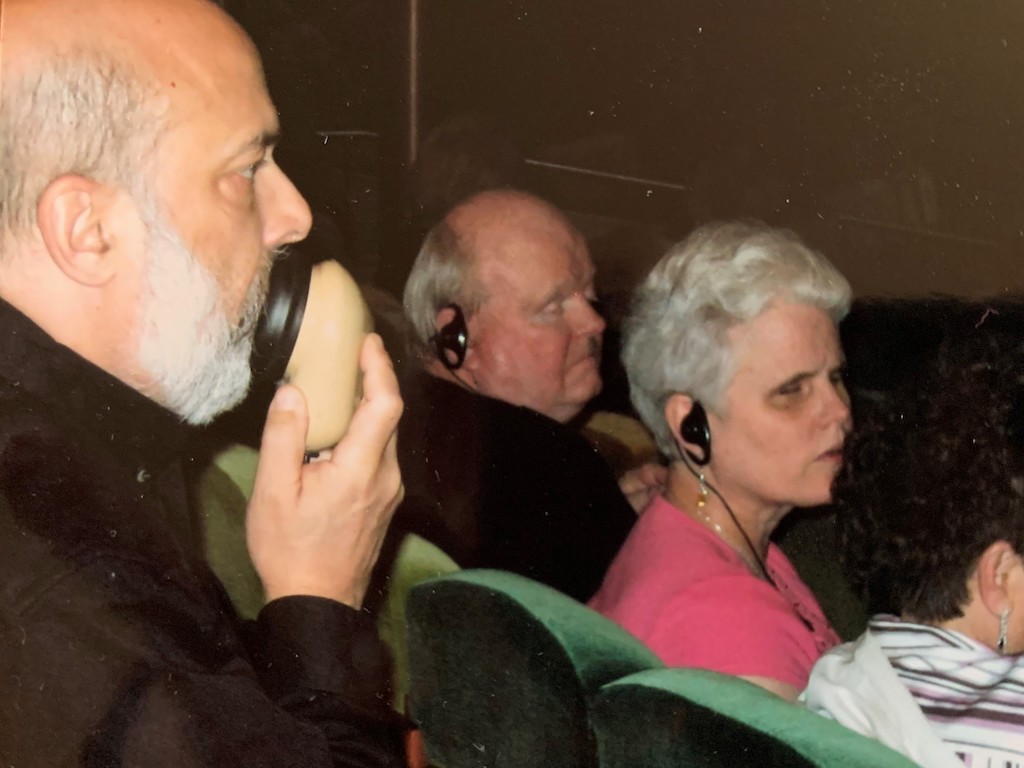People who are vision impaired need not be culturally disadvantaged. Audio Description (AD) provides a verbal version of the visual image. It’s a narration of all the visual elements-action, costumes, settings, images-of theater, television/film, museum exhibitions, and other events. Visually impaired patrons experience all the visually engaging elements of cultural events, the rich variety of colors, lighting effects, levels, gestures, and facial expressions that others often take for granted; critical bits of information that a person who has low vision formerly could only experience through the whispered asides from a sighted companion.
Using words that are succinct, vivid, and imaginative, properly trained describers convey the visual image that otherwise is not fully accessible to 10 million blind or low vision Americans and not fully realized by the rest of us, sighted folks who see but who may not observe.

Everyone can appreciate the added detail and vivid highlights made possible by quality AD. For instance, the images in children’s books become more accessible for kids who have low vision or are blind, and all children benefit from hearing concise and imaginative word choices. A picture may be worth 1000 words. But ADA’s trained audio describers need only a few well-chosen words to conjure vivid and lasting images.
For television, film and performance, AD involves concise, objective descriptions precisely timed to occur only during the lapses between dialogue and other significant sound elements. It provides the AD user a measure of independence and also frees the user’s companion from the need to convey “what happened” every few moments.
In museums, AD enhances the docent-led, guided tour experience for sighted visitors and provides that critical measure of accessibility for people who are blind or have low vision. Recorded audio described tours help visitors truly see the treasures in a museum by planting in the mind’s eye vivid evocations of each exhibit.
I am a blind parent of a sighted child. I always enjoyed “Sesame Street” as a child myself, but I really find the production even more fun now that I can participate fully in the programming given the audio description service. [You] should be proud of [your] efforts to make television accessible to the blind. My daughter and I can watch “Sesame Street” and I am never left wondering about the action of the characters. We can both laugh along together when Big Bird is searching for Ernie and Big Bird keeps bumping into a haystack. With the description, I can view the show with the same information that the sighted world is receiving.
Karla Hudson
AD Consumer
